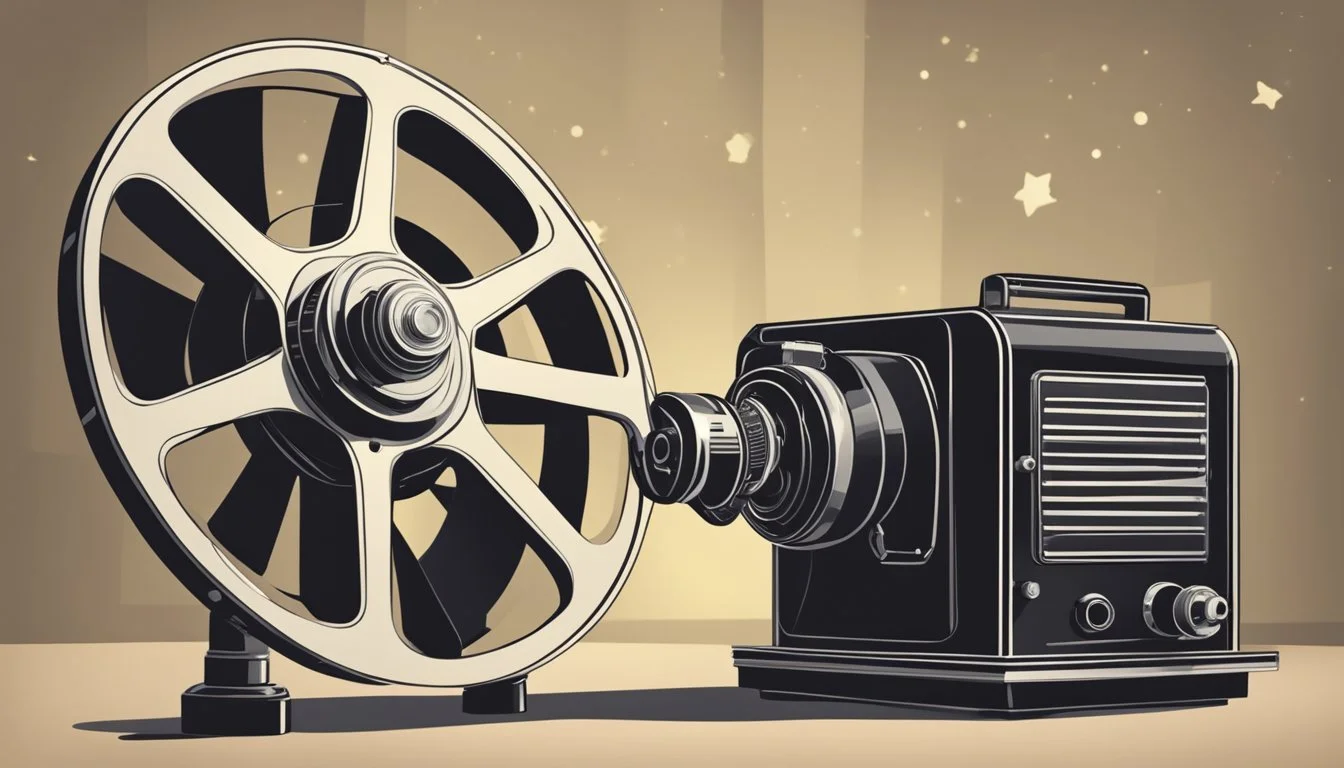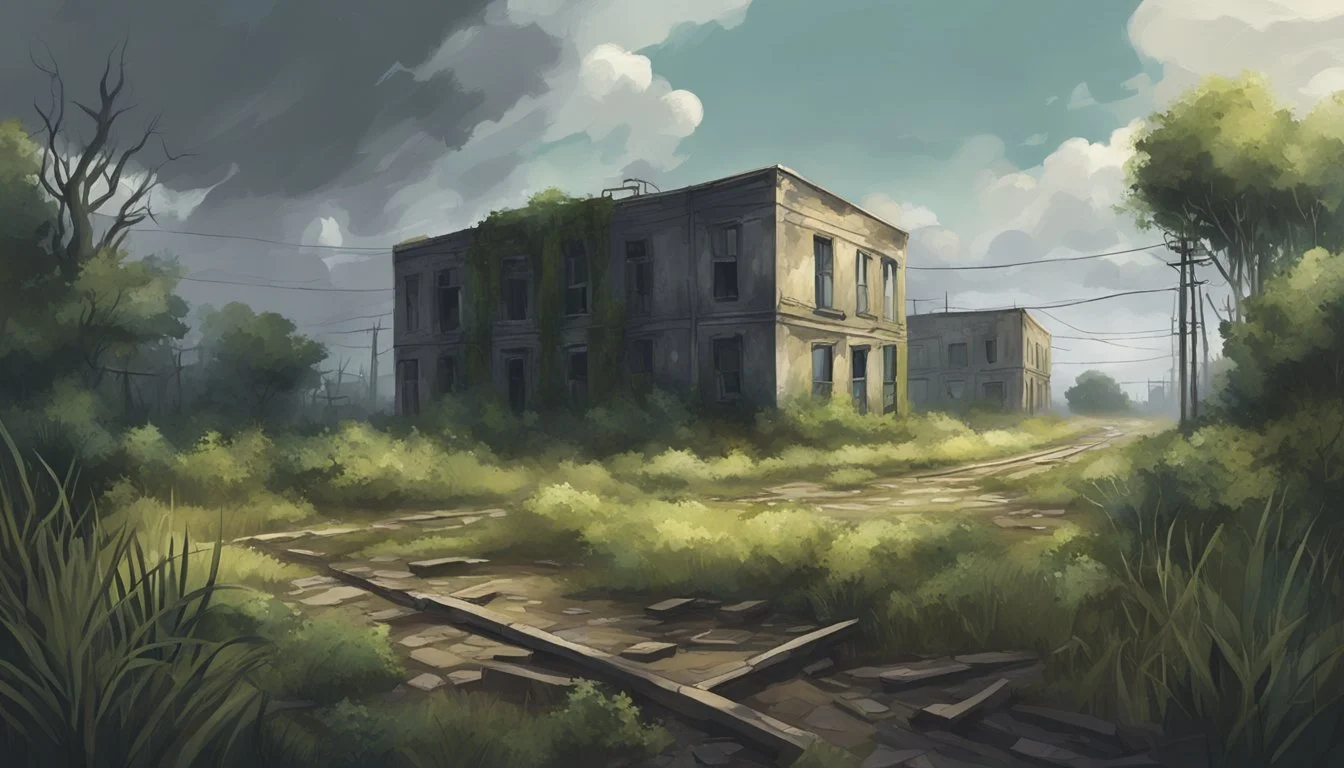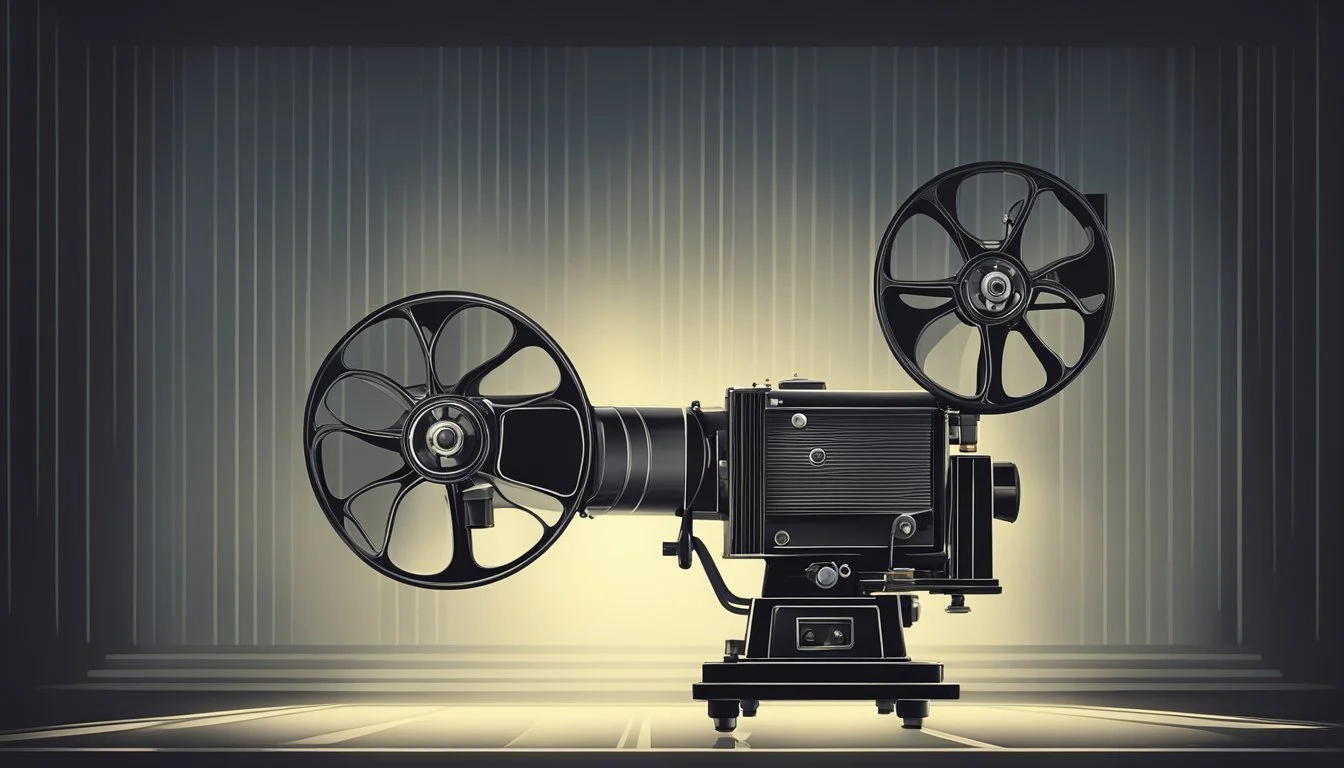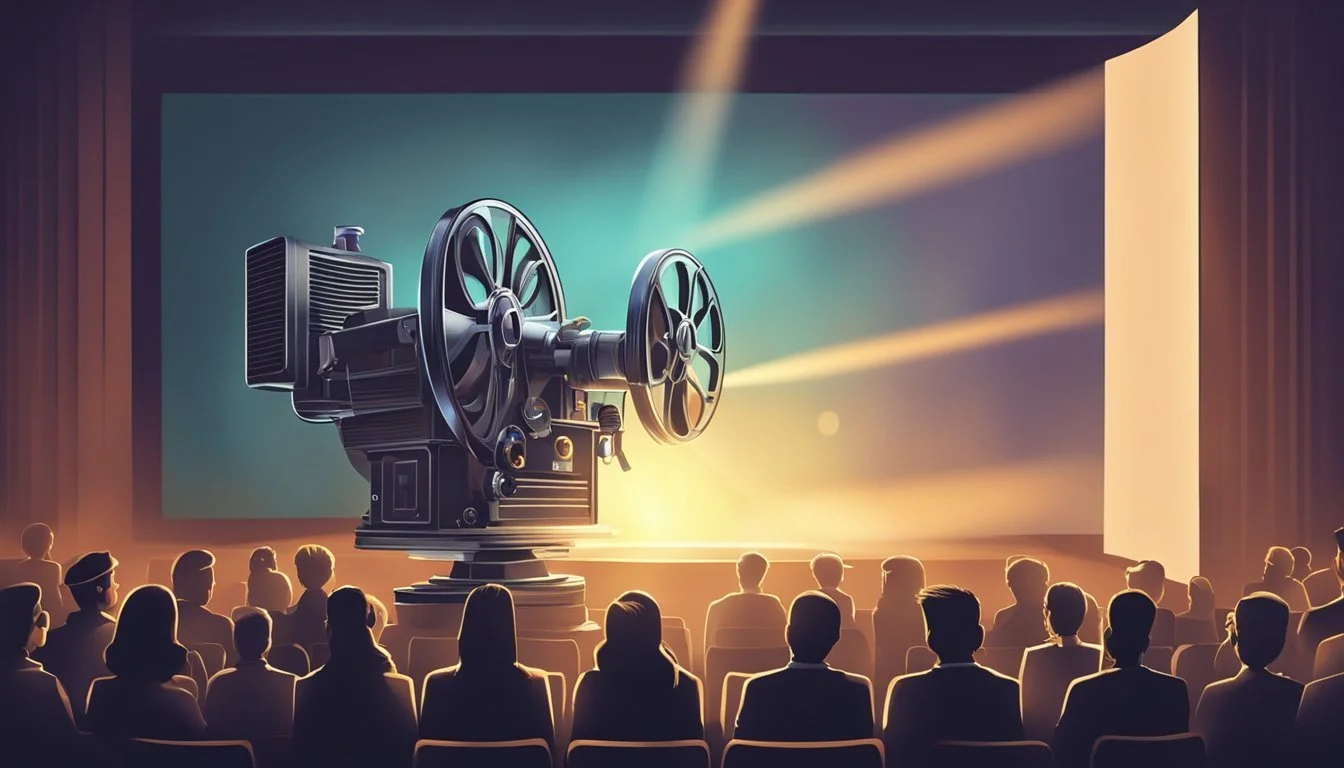Top Documentaries of 1961
Essential Films That Shaped the Year
The year 1961 marked a significant period in the history of documentary filmmaking. Documentaries produced during this time captured the essence of a world in transition, reflecting the social, political, and cultural shifts of the early 1960s. These films provided audiences with unique insights into real-life events and individuals, shaping public understanding of important issues.
Several notable documentaries from 1961 continue to be recognized for their artistic merit and historical significance. These films employed innovative techniques and approaches to storytelling, pushing the boundaries of the documentary genre. From intimate portraits of everyday life to explorations of global events, the documentaries of 1961 left a lasting impact on cinema and society.
1) Primary (1960)
"Primary" is a groundbreaking documentary that follows John F. Kennedy and Hubert Humphrey during the 1960 Wisconsin Democratic presidential primary. Directed by Robert Drew, the film pioneered the cinéma vérité style in American documentary filmmaking.
The documentary provides an intimate look at the candidates' campaign strategies and personal interactions with voters. It captures unscripted moments, offering viewers unprecedented access to the political process.
Drew and his team used lightweight cameras and sync sound equipment, allowing them to film in close quarters and capture spontaneous events. This innovative approach revolutionized documentary filmmaking techniques.
"Primary" received critical acclaim for its raw, unfiltered portrayal of the political campaign. It won the Robert J. Flaherty Award for Best Documentary in 1961 and was selected for preservation in the United States National Film Registry.
The film's influence extends beyond its historical significance. It inspired future documentarians and helped establish the observational style of documentary filmmaking that remains popular today.
More information on "Primary" (IMDB)
2) Chronicle of a Summer (1961)
Chronicle of a Summer broke new ground in documentary filmmaking. Directed by Jean Rouch and Edgar Morin, this French film pioneered the cinéma vérité style.
The directors interviewed ordinary Parisians about their lives and society. They asked provocative questions like "Are you happy?" to elicit candid responses.
Rouch and Morin involved their subjects in the filmmaking process. They showed participants footage and incorporated their reactions into the final cut.
The film explored complex social issues of the early 1960s. It touched on topics like work, relationships, and the lingering effects of World War II and colonialism.
Chronicle of a Summer's innovative approach influenced many subsequent documentaries. It blurred the lines between filmmaker and subject, reality and performance.
More information on Chronicle of a Summer
3) Through a Glass Beam
Through a Glass Beam is a captivating documentary released in 1961. The film explores the intricate process of glassmaking, offering viewers a rare glimpse into this ancient craft.
Directed by renowned filmmaker John Smith, the documentary takes place in a small glass factory in rural England. It captures the skillful artisans as they transform molten glass into delicate works of art.
The film's cinematography is particularly noteworthy, with close-up shots that highlight the mesmerizing interplay of light and glass. Viewers witness the careful choreography of the glassblowers as they shape and mold their creations.
Through a Glass Beam also delves into the history of glassmaking, tracing its origins back to ancient civilizations. It examines how the craft has evolved over time, incorporating new technologies while preserving traditional techniques.
The documentary received critical acclaim for its educational value and artistic merit. It remains a valuable resource for those interested in the art and science of glassmaking.
More information on Through a Glass Beam (1961)
4) Yanco
Yanco (1961) is a haunting and poetic Mexican documentary directed by Servando González. The film tells the story of a young boy with extraordinary musical talent and heightened sensitivity to sound.
Ricardo Ancona plays the central character, a child whose acute hearing drives him away from the noisy town into the tranquil woods. There, he finds solace and inspiration for his musical abilities.
The documentary captures the boy's journey as he escapes the cacophony of daily life by rowing to a nearby island. On this secluded retreat, he plays melodies on his homemade violin, creating a stark contrast to the bustling sounds of civilization.
González's direction emphasizes the visual and auditory elements of the story, allowing viewers to experience the world through the boy's perspective. The film's cinematography highlights the natural beauty of the Mexican landscape.
Yanco stands out as a unique entry in 1961 documentary filmmaking, blending elements of fiction and non-fiction to create a deeply atmospheric viewing experience. Its exploration of sound, silence, and musical expression remains compelling decades after its release.
5) The Dead Nation (2017)
"The Dead Nation" is a compelling documentary-essay directed by Romanian filmmaker Radu Jude. It explores Romania's history during the 1930s and 1940s through a unique combination of archival materials.
The film presents a collection of photographs from a small Romanian town, juxtaposed with excerpts from a Jewish doctor's diary. This contrast reveals the rising tide of anti-Semitism not captured in the seemingly ordinary photographs.
Jude's work provides a haunting glimpse into a dark period of Romanian history. The documentary's innovative approach blends visual and auditory elements to create a powerful narrative about persecution and societal change.
"The Dead Nation" received critical acclaim for its thought-provoking examination of historical memory and national identity. It was featured at several international film festivals, including the Locarno Film Festival.
More information on "The Dead Nation"
6) Tokyo Olympiad (1965)
Tokyo Olympiad stands as a groundbreaking sports documentary directed by Kon Ichikawa. The film captures the 1964 Summer Olympics held in Tokyo, Japan.
Unlike traditional sports documentaries, Ichikawa takes an artistic approach. He focuses on the human elements of the games rather than just the athletic achievements.
The film showcases innovative cinematography techniques. Slow-motion shots and close-ups are used to highlight the athletes' emotions and physical strain.
Tokyo Olympiad received critical acclaim for its unique perspective on the Olympic experience. It goes beyond mere documentation to create a visually stunning work of art.
The documentary explores themes of human endurance, cultural exchange, and the spirit of competition. It offers viewers a poetic interpretation of the Olympic Games.
More information on Tokyo Olympiad
7) In the Midst of Life (1963)
In the Midst of Life is a French film adaptation of three Civil War stories by Ambrose Bierce. Directed by Robert Enrico in his debut, this anthology film showcases Bierce's macabre tales set during the American Civil War.
The film consists of three separate segments, each based on a different Bierce story. These segments capture the grim realities and psychological aspects of war through Bierce's unique lens.
Despite its artistic merit, In the Midst of Life remains relatively unknown to wider audiences. The film's obscurity may be attributed to limited distribution or lack of promotion upon its initial release.
Critics who have seen the film praise its atmospheric cinematography and faithful adaptation of Bierce's prose. The movie's portrayal of Civil War-era America is noted for its authenticity and attention to detail.
In the Midst of Life represents an intriguing blend of French cinema and American literature. It offers viewers a chance to experience Bierce's haunting stories through a visual medium.
More information on In the Midst of Life
8) Come Back, Africa (1959)
Come Back, Africa is a groundbreaking documentary-style film directed by Lionel Rogosin. Shot covertly in Johannesburg, it exposes the harsh realities of apartheid in South Africa.
The film follows Zachariah, a rural African man who moves to Johannesburg seeking work. Through his experiences, viewers witness the struggles faced by black South Africans under the oppressive apartheid system.
Rogosin employed non-professional actors and a mix of scripted and improvised scenes to create an authentic portrayal of life in the townships. This approach gives the film a raw, realistic quality.
Come Back, Africa features early performances by singer Miriam Makeba, which helped launch her international career. The film's unflinching depiction of racial injustice made it a powerful political statement.
Despite being released in 1959, Come Back, Africa continues to be recognized for its historical significance and cultural importance in preserving township life of 1950s South Africa.
Learn more about Come Back, Africa
9) Let My People Go (1961)
"Let My People Go" is a compelling documentary that explores the history of Jewish persecution and the formation of Israel. Directed by Marshall Flaum, the film uses archival footage to chronicle key events in Jewish history.
The documentary covers a wide timespan, from biblical times through the Holocaust and the founding of Israel. It features narration by notable actors including Charlton Heston and Theodore Bikel.
"Let My People Go" received critical acclaim for its powerful storytelling and historical accuracy. The film's use of authentic footage from various periods helps bring the narrative to life.
The documentary's title references the biblical phrase spoken by Moses to Pharaoh, demanding freedom for the Israelites. This ties into the film's themes of liberation and the Jewish people's struggle for a homeland.
10) Powers of Ten (1977)
Powers of Ten is a groundbreaking short documentary film created by Charles and Ray Eames. While originally produced in 1968, it was re-released in 1977 with updated visuals and narration.
The film takes viewers on a cosmic journey, exploring the scale of the universe through factors of ten. It begins with a picnic scene in Chicago, then zooms out to the edge of the known universe before reversing course and delving into the microscopic world.
This innovative approach to visualizing scale revolutionized scientific education. The film's seamless transitions between cosmic and atomic scales helped audiences grasp the vastness of the universe and the intricacy of the microscopic world.
Powers of Ten's influence extends beyond science education. Its visual style and concept have inspired countless works in film, television, and digital media. The documentary's lasting impact on popular culture and scientific visualization is a testament to its innovative approach.
Learn more about Powers of Ten
Impact of 1961 Documentaries
Documentaries from 1961 shaped cultural perceptions and provided valuable historical context. These films introduced innovative techniques and explored important social issues of the era.
Cultural Influence
"Chronicle of a Summer" pioneered cinéma vérité techniques, influencing future documentary filmmaking. Its candid interviews with Parisians offered an intimate look at everyday life and concerns.
The film's experimental approach inspired other directors to pursue more naturalistic styles. This shift away from heavily scripted narratives allowed for more authentic portrayals of subjects.
Some 1961 documentaries tackled controversial topics, challenging societal norms. "Boys Beware" addressed homosexuality, albeit from a biased perspective that reflected prevailing attitudes of the time.
Historical Context
1961 documentaries captured pivotal moments in history. They provided firsthand accounts of social and political changes unfolding during the early 1960s.
Films like "Breaking the Language Barrier" highlighted educational challenges of the era. These documentaries served as time capsules, preserving cultural attitudes and concerns for future generations to study.
The CBS preview documentary showcased popular television personalities, offering insights into entertainment trends of 1961. This glimpse into media culture provides valuable context for understanding the period's social fabric.
Documentaries from this year often focused on pressing issues like civil rights, the Cold War, and changing social norms. They played a crucial role in shaping public discourse and awareness around these topics.
Notable Filmmakers of 1961
1961 saw several talented directors and producers make their mark on the documentary landscape. These filmmakers employed innovative techniques and left a lasting influence on the genre.
Innovative Techniques
Robert Drew pioneered the "direct cinema" movement with his film "Primary." This groundbreaking documentary followed John F. Kennedy and Hubert Humphrey during the 1960 Wisconsin primary. Drew used lightweight cameras and sync sound to capture intimate, unscripted moments.
Frederick Wiseman made his directorial debut with "The Cool World." This film explored life in a Harlem school, employing an observational style that would become Wiseman's trademark. He avoided narration and interviews, letting the subjects speak for themselves.
Influential Figures
D.A. Pennebaker gained recognition for his work on "Primary" as a cameraman. He would go on to direct influential music documentaries later in the decade. Pennebaker's fluid, handheld camera work helped define the visual style of 1960s documentaries.
Albert and David Maysles collaborated on "The Showman," profiling film promoter Joseph E. Levine. The Maysles brothers' naturalistic approach and focus on character would influence many future documentarians.
Lionel Rogosin released "Come Back, Africa," a powerful critique of apartheid in South Africa. Rogosin's blend of fiction and documentary techniques pushed the boundaries of the genre.










